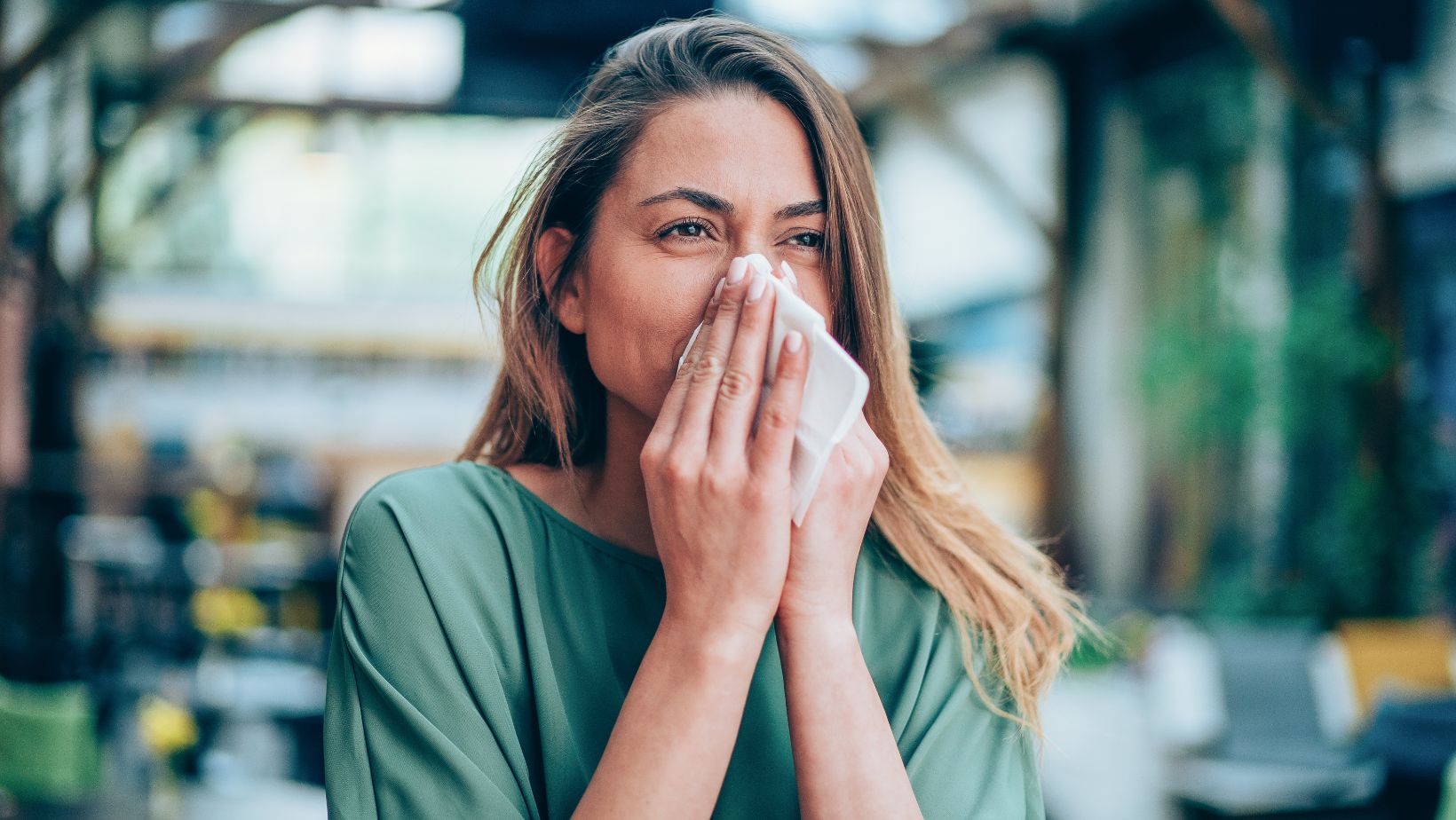Spring Mold Allergies: Causes, Symptoms, and Management Tips

Along with the vibrant colors of spring are some of the worst allergies you could encounter. It includes allergic reactions to molds, but this can easily be managed by reducing exposure, keeping your home clean, and using the appropriate medication.
What Is Mold Allergy?
Molds are widespread fungi and can be found anywhere. They can reproduce and grow in different places and under different conditions. The seeds, known as spores, can be carried through the air and spread by fog or dew in high humidity.
A mold allergy is an adverse reaction to mold exposure. This could be a persistent, chronic allergy that can last for many seasons, although this is most common in the summer and early autumn.
Spring Allergies
Spring allergy is often caused by pollen. These tiny grains are released by trees, weeds, and grasses to fertilize plants and can trigger allergic reactions in some people.
Pollen, however, is not the only trigger of spring allergies. These can also be due to molds, which can grow in your house and the surrounding area, even during spring.

Common Spring Mold Allergy Effects
Mold allergy symptoms often include itching and a runny nose. If left alone, it can lead to the following:
1. Hay Fever
This develops when mold spores get into your nose. Hay fever can exhibit symptoms similar to the common cold, such as itchy eyes, a runny nose, and sinus congestion.
2. Asthma
If you’re suffering from this condition, mold exposure in the spring can trigger an attack, especially when the spores reach the lungs. In certain climates, however, mold allergies can be severe all year round.
3. ABPA
ABPA or Allergic Broncho-Pulmonary Asthma, a severe form of asthma, may develop in some people who are exposed to mold. This is an allergic and inflammatory reaction that mimics symptoms of asthma, such as severe wheezing and shortness of breath.
How to Prevent Mold Allergies
Mold requires moisture to grow, so it’s often found in logs, grasses, and damp areas. Exposure to molds can be avoided by considering the below tips:
1. Use a Dehumidifier
Maintain humidity levels inside your home at 45 percent or below. A basement dehumidifier can be considered if you live in a large house. Additionally, look for an automatic dehumidifier, as this is more efficient when compared to manual draining.
2. Clean the Air-con
Regularly clean your air conditioner to get rid of any dirt or grime that may have been collected inside the unit. To keep the machine running smoothly, you should also change the filters. The ducts, meanwhile, can be cleaned annually, so condensation is avoided.
3. Install an Exhaust Fan
Good airflow is important, especially in the kitchen and in the shower room. These areas are often wet and retain moisture. An exhaust fan should solve this, so molds will not have the chance to grow.

4. Repair Leaks
Molds will likely grow when you have leaks. Check your basement, bathtubs, and laundry room for any signs of leaks, and have these fixed immediately.
5. Check Home Appliances
There’s a rubber seal found on your washing machine’s door. It is often wet, causing moisture to enter the washer quickly. The door should be kept open when you’re not using the machine. This will allow air to come in and dry the seal.
Molds can also grow on your refrigerator gaskets. This should regularly be cleaned and allowed to dry completely, so moisture will not develop.
6. Use a Dust Mask
A dust mask is recommended if you’re doing spring cleaning. It will prevent you from inhaling allergens and mold spores.
7. Limit Outdoor Activities
For information on the levels of pollen and mold presence in different places, consult your allergist or a health care provider. According to a water damage restoration Denver specialist, mold allergy symptoms can be severe during spring, so go to places where mold levels are low if you’re planning to hike, swim, or play your favorite sport. Otherwise, you can stay indoors where it’s safer.
8. Take a Shower
A relaxing bath can effectively remove pollen and mold spores that might have clung to your body while you were outside. Showering also prevents molds from spreading in other areas of your home, especially if you turn the bathroom fan on after stepping out of the shower area.
Key Takeaway
Molds can grow any time of the year, although it’s common to experience mold allergies in springtime. The good news is that you don’t have to bear with them since spring mold allergies can be avoided.
Molds can grow in any damp area, triggering allergic reactions if you have health issues. By observing several safety precautions, you can look forward to a mold-allergy-free spring. These precautions are not hard to follow since they can be as simple as wearing a dust mask during your spring cleaning routine. Checking home appliances for signs of leaks is also recommended so excess moisture won’t form.
What's Your Reaction?
Gregory is a website manager who loves reading books, learning languages and traveling. He's always been fascinated by different cultures, and has spent years studying different languages in order to be able to communicate with people from all over the world. When he's not working or traveling, he enjoys relaxing at home with a good book.



